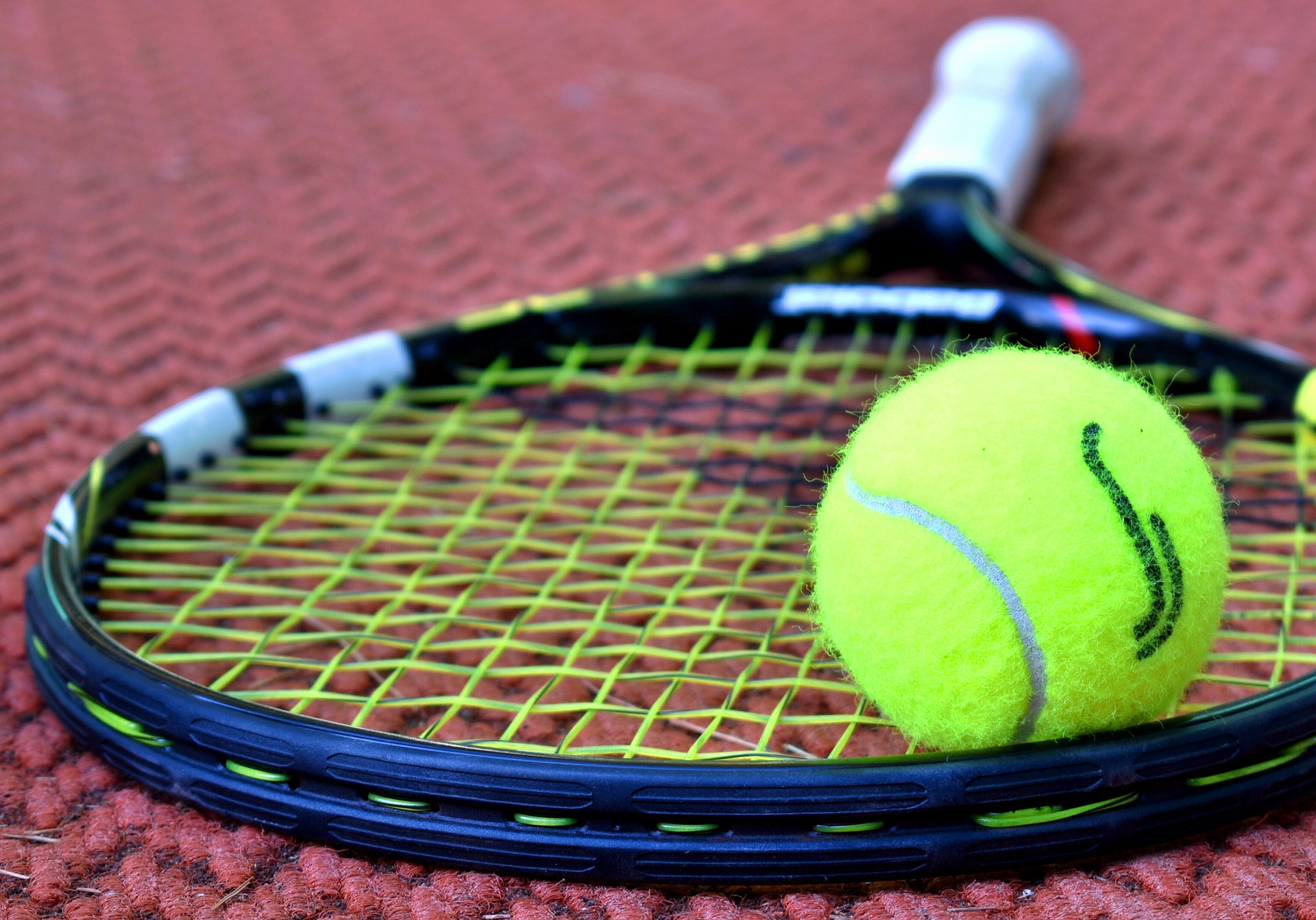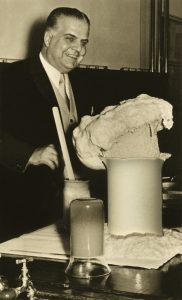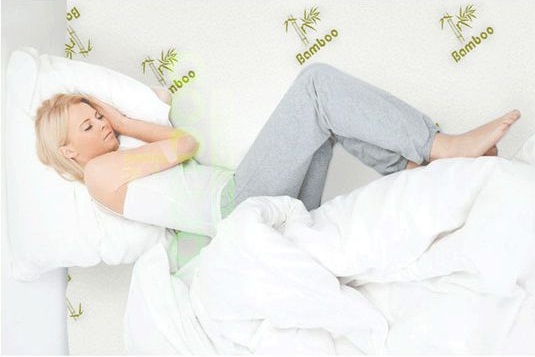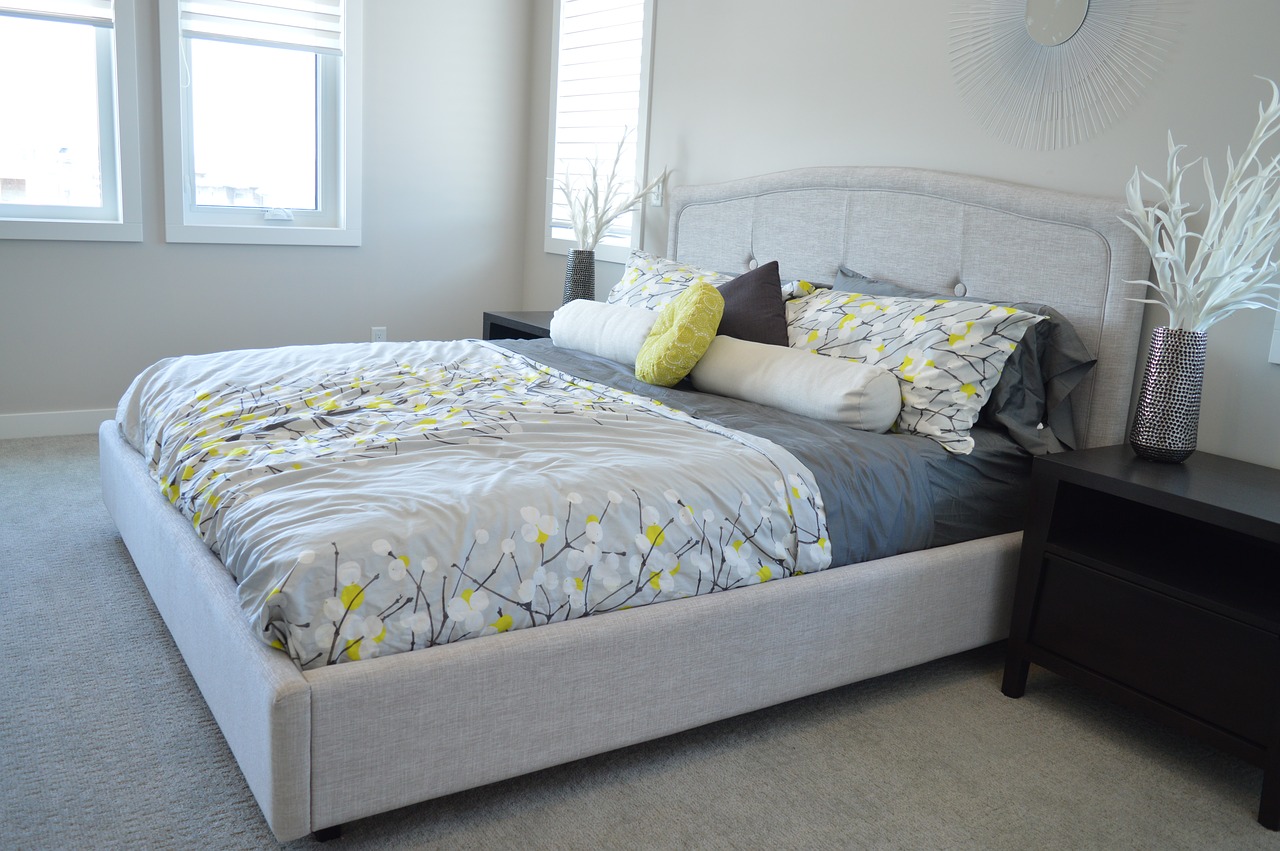
Wimbledon 2020 Cancelled
It is almost that time of the year when people would go watch a sporting

Technology is indeed fascinating, and as far as we are concerned, memory foam is just one of its exceptional products. As compared to a hundred years ago, there has been so many more and greater inventions in the last 50 years. Today, although memory foam has become an ordinary thing to us, its beginnings seem to be taken out from a Jules Verne book.
The development of this amazing creation would not have been possible if not for the National Aeronautics and Space Administration’s (NASA’s) space travel problems. In the 1960s, NASA, under a contract with Stencel Aero Engineering Corporation, developed memory foam. It is emphasized that NASA itself didn’t invent memory foam, but they made an undertaking for its development. NASA is an independent agency of the United States federal government executive branch. Since it is responsible for aeronautics research (as well as the civilian space program and aerospace research), it was incumbent upon them to solve two specifically troublesome space travel problems.
 But the story of memory foam didn’t even actually begin there. The first real effort that went into the development of the memory foam that we know today started in 1937. Otto Bayer and his coworkers were collaborating on the polyurethane polymers that go into memory foam. In the 1950s, the process of making polymers began by adding water and halocarbons, or hydrocarbons into a polyurethane mix.
But the story of memory foam didn’t even actually begin there. The first real effort that went into the development of the memory foam that we know today started in 1937. Otto Bayer and his coworkers were collaborating on the polyurethane polymers that go into memory foam. In the 1950s, the process of making polymers began by adding water and halocarbons, or hydrocarbons into a polyurethane mix.
According to records, this revolutionary foam’s first use outside of the laboratory was in a hospital in 1965. What was called inert polyurethane porous foam was used by the nurses there to pad the patients’ beds. As a result of this practical use, they found that the pads obviated the development of decubitus ulcers, or pressure ulcers in bed-ridden patients, which are a common effect of lying down for prolonged periods. Additional studies also revealed that the foam had hypoallergenic and antibacterial characteristics.
At about the same time, NASA was also in the process of developing better components that would upgrade aircraft cushioning because at that time, airplane seats were not very comfortable. Then there was also the great need for improving safety measures in case of a crash.
Being non-commercial pilots, astronauts and fighter pilots had a huge problem with G-force. Extreme acceleration creates extreme g-force, or gravitational force, and this strains the body quite heavily. The force of blasting off in a space shuttle creates a feeling that is similar to having hundreds of pounds weighing down on you. Furthermore, astronauts travel more frequently than the average daily commuter. Therefore, NASA deemed it necessary to have cushioning that would keep astronauts comfortable on their very long space journeys.
The person contracted by NASA to have a hand in the project was Charles Yost, an aeronautical engineer with the Systems Dynamics Group at North American Aviation, Inc. It was Yost who developed the open-cell, polymeric memory foam material that we are familiar with today. This made memory foam capable of absorbing a high amount of energy while still remaining soft, its so called unusual viscoelastic property. Memory foam made great padding for seats, and also served as a good shock absorber of pressure, thereby increasing the chances of survival during a crash.
Back then, memory foam was recognized as temper foam. This was a time before it was distributed and made into the various consumer items of today. In 1969, Yost built the company Dynamic Systems, Inc. in order to market the technology of temper foam. Although the company sold the rights in 1974, it later returned with offshoots of the original formula. The newer materials were made to handle temperature better and to be more environmentally friendly.

Dynamic Systems veered out into other utilizations, which were mostly for medical purposes, like seating systems and orthopedic medical cushions and mattresses.
As it was being advertised for consumer applications starting in 1991, the foam needed a new name that was more captivating and popular. Temper foam was purposely made to make seat cushioning more comfortable and at the same time to provide better crash protection for pilots and passengers. The new foam, this wonderful material that has been developed into a variety of other commercial and consumer applications, includes the very popular memory foam mattress and pillows.
Thus far, memory foam has become one of the best materials to make beds and pillows from – after undergoing several improvements and advancements. Up to now, it is still the only material that can completely adapt to applied pressure yet quickly get back its original shape, making it even more comfortable and durable. Currently, NASA also widely uses memory foam in the space program for everything from seats to floors.

It is almost that time of the year when people would go watch a sporting

Queen Elizabeth II has two birthdays to celebrate: her actual birthday on 21 April and

The first of May is celebrated by many countries around the world as Labour Day